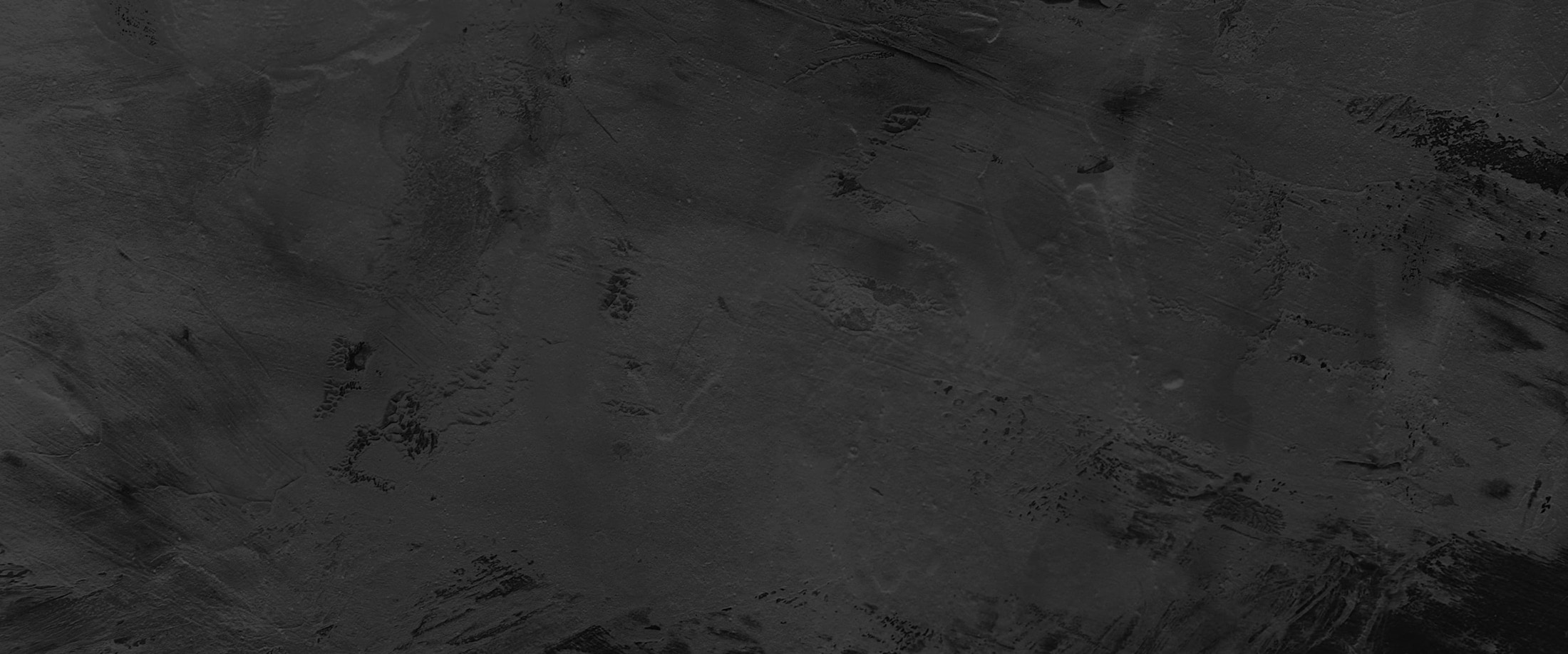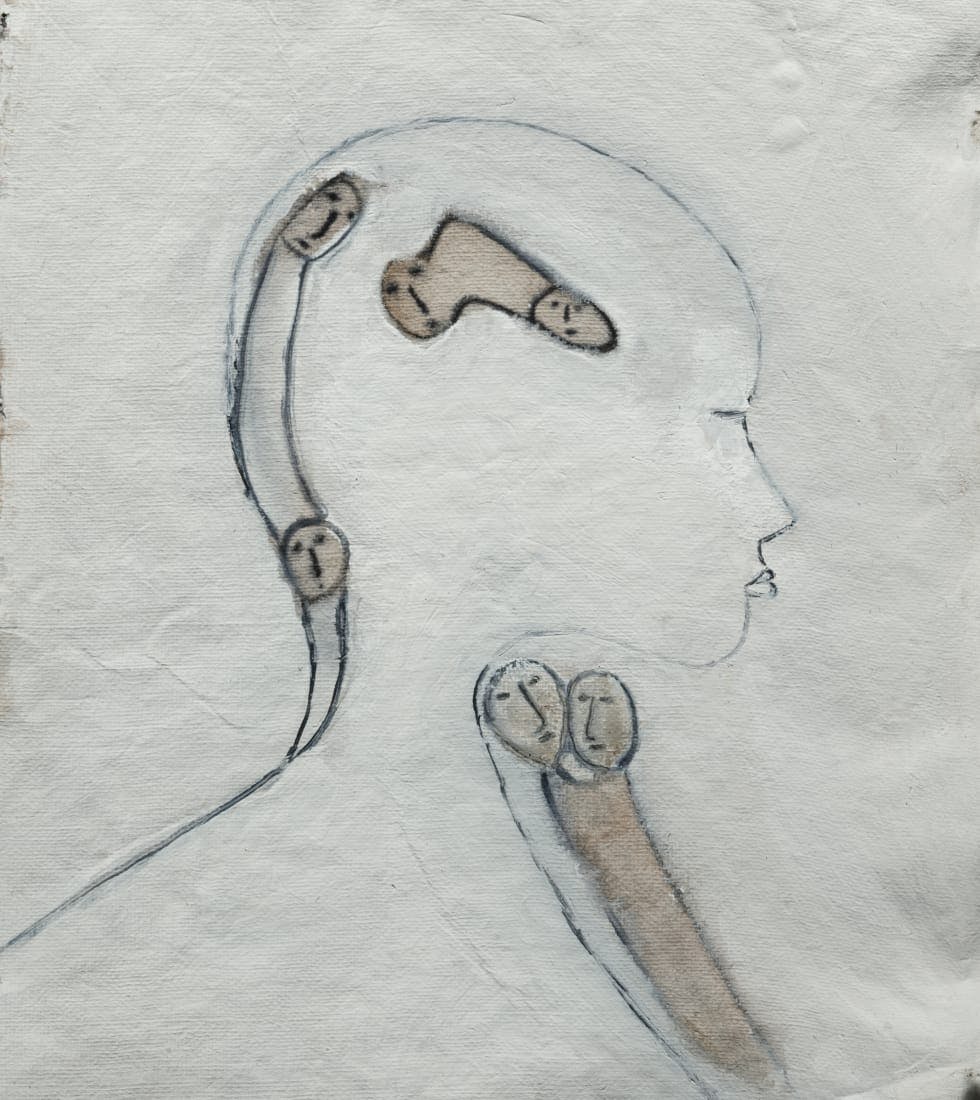Treatment of Cleft Lip & Palate involves repair of a gap in the upper lip and/or the roof of the mouth, due to lack of fusion. The skill and experience of the plastic surgeon is critical to maximizing aesthetic and functional outcomes, while also minimizing surgery, hospital stay and long-term costs.
Benefits
Approximately one in 700 children is born with a cleft lip and/or cleft palate. This condition may be associated with a number of difficulties in feeding and nutrition, dentition, facial growth, speech, and sleep or breathing. Surgical treatment is carried out over a series of years to be timed with the patient’s facial growth. Craniofacial team care is mandatory to achieve the best outcomes and will assure proper sequencing of the various surgery procedures:






